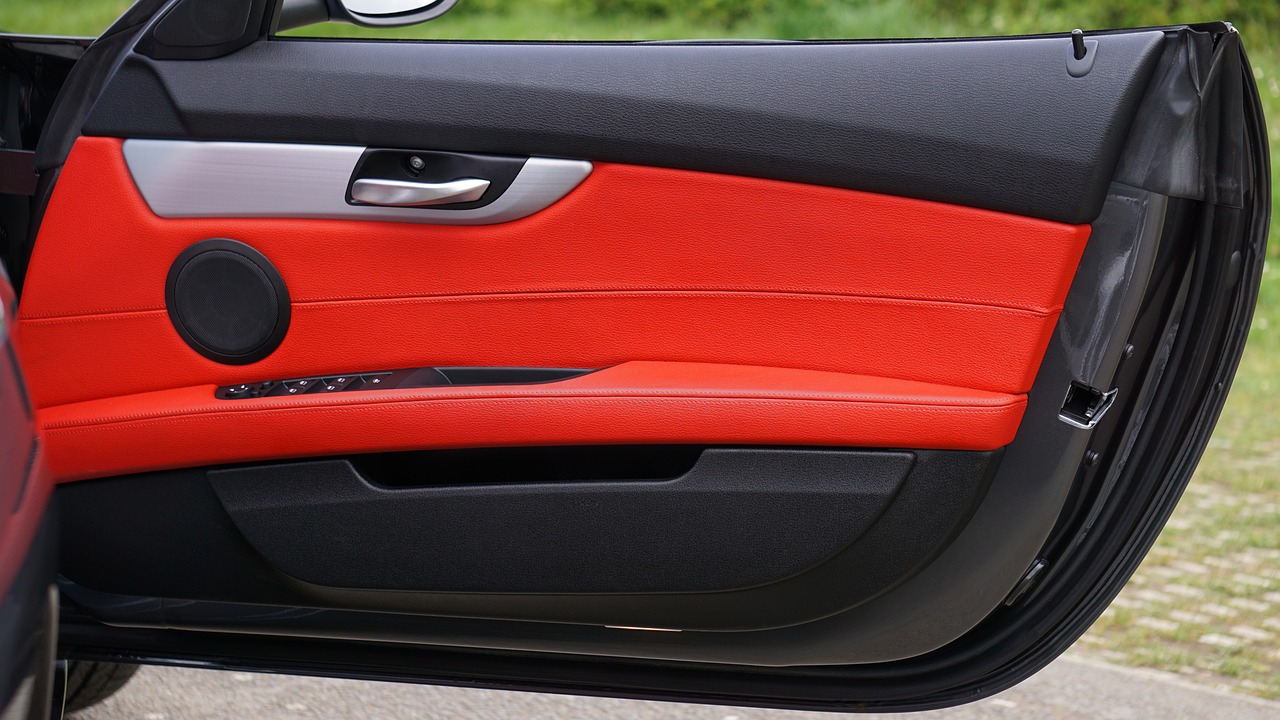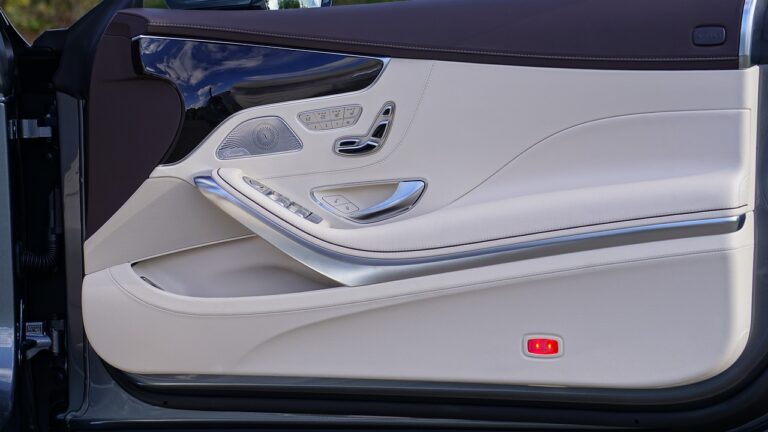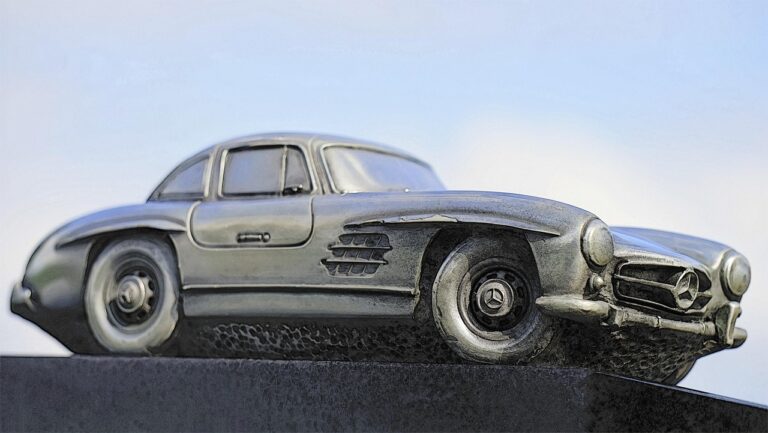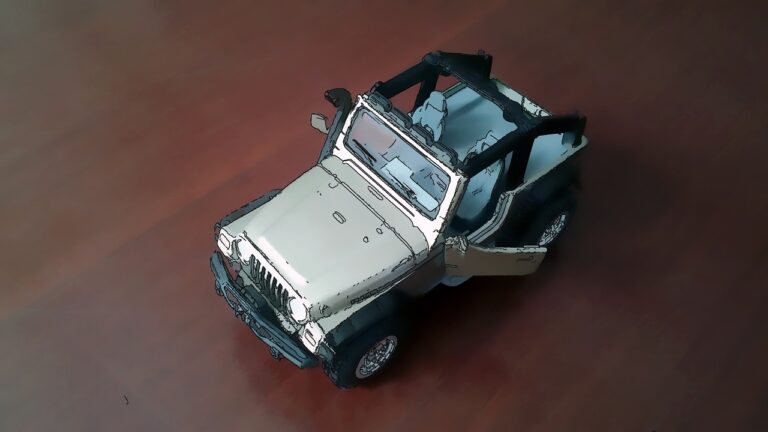The Future of Auto Design: User-Centric Approaches and Human-Centered Innovation
Traditional auto design paradigms have long been rooted in conventional notions of aesthetics and functionality. These paradigms often prioritize sleek exteriors and powerful engines over considerations of sustainability and user-centric design. As a result, there can be a disconnect between what designers envision and what users actually need and prefer.
Furthermore, traditional auto design paradigms may also hinder innovative solutions and creative thinking within the industry. By adhering too closely to established norms and expectations, designers may overlook opportunities to push boundaries and explore new possibilities in terms of form, materials, and technology integration. This can lead to a lack of diversity in design approaches and a stagnation of progress in addressing emerging challenges in the automotive sector.
Shifting Focus to User Needs and Preferences
As the automotive industry continues to evolve, there is a noticeable shift towards prioritizing user needs and preferences in the design process. Manufacturers are increasingly recognizing the importance of understanding what consumers truly want and value in a vehicle. This shift is not merely a trend but a necessary response to the changing landscape of customer expectations and demands.
By embracing a user-centric approach, automotive designers are able to create vehicles that resonate with individuals on a deeper level. This involves conducting thorough research, gathering feedback, and analyzing data to gain insights into the specific needs and desires of potential users. By incorporating these insights into the design process, manufacturers can develop vehicles that not only meet functional requirements but also cater to the emotional and aspirational aspects of consumers’ preferences.
Integrating Technology for Enhanced User Experience
Integrating technology into traditional auto design paradigms has become imperative for enhancing user experiences. In today’s digital age, consumers expect seamless connectivity, intuitive interfaces, and smart features in their vehicles. Automakers are increasingly focusing on incorporating advanced technologies to cater to these evolving user needs and preferences. From in-car infotainment systems to driver-assist technologies, the integration of tech not only improves the overall user experience but also sets a new standard for modern vehicle design.
One of the key challenges in integrating technology into auto design is finding the right balance between functionality and simplicity. While users desire high-tech features, they also value ease of use and minimal distractions while driving. Designers must carefully select and implement technologies that enhance the user experience without overwhelming the driver with complex interfaces. As the automotive industry moves towards autonomous and electric vehicles, the successful integration of technology will play a crucial role in shaping the future of mobility and redefining user interactions within the vehicle environment.





